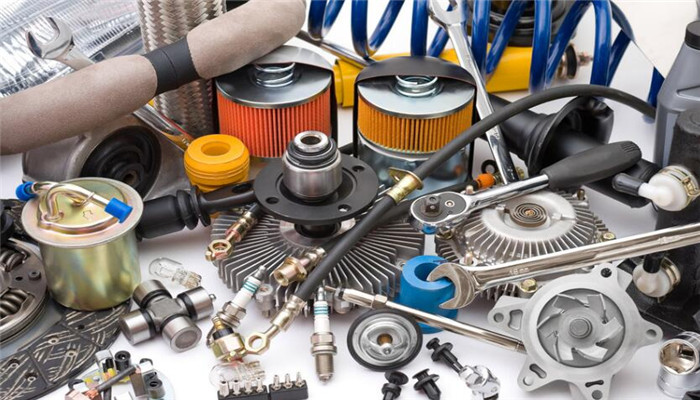Autonomous cars have been a topic of interest for many years, and recent advancements in technology have brought self-driving cars closer to reality than ever before. With the promise of increased safety, convenience, and efficiency, autonomous cars are poised to revolutionize the way we think about transportation. In this article, we will explore the latest developments in self-driving technology and the future of autonomous cars.
The Technology Behind Autonomous Cars
Autonomous cars use a combination of sensors, cameras, and software to navigate roads and make decisions without human input. The most common types of sensors used in autonomous cars include:
- Radar sensors: These sensors use radio waves to detect objects around the car.
- Lidar sensors: These sensors use lasers to detect objects around the car.
- Camera sensors: These sensors use cameras to detect objects and read road signs.
In addition to sensors, autonomous cars rely on sophisticated software to process information from the sensors and make decisions about how to navigate roads and interact with other vehicles. This software is constantly being refined and improved to make autonomous cars safer and more efficient.
The Benefits of Autonomous Cars
Autonomous cars offer many benefits, including:
- Increased safety: Autonomous cars have the potential to significantly reduce the number of accidents caused by human error.
- Reduced traffic congestion: Autonomous cars can communicate with each other to optimize traffic flow and reduce congestion.
- Increased accessibility: Autonomous cars could provide mobility to people who are unable to drive due to age or disability.
- Reduced environmental impact: Autonomous cars can be programmed to optimize fuel efficiency and reduce emissions.
The Future of Autonomous Cars
While there are still many challenges to overcome before autonomous cars become a reality, there is no doubt that they will play an important role in the future of transportation. Some of the key developments that we can expect to see in the near future include:
- Increased testing and deployment of autonomous cars on public roads.
- Improved communication between autonomous cars and infrastructure, such as traffic signals and road signs.
- Further advancements in sensors and software to improve safety and performance.
- Development of new business models and transportation services that leverage autonomous cars, such as ride-sharing and delivery services.
Conclusion
Autonomous cars are no longer a distant dream, but a rapidly approaching reality. With their potential to improve safety, convenience, and efficiency, autonomous cars have the power to transform the way we think about transportation. While there are still challenges to overcome, the future of autonomous cars looks bright, and we can expect to see continued advancements in self-driving technology in the years to come.

